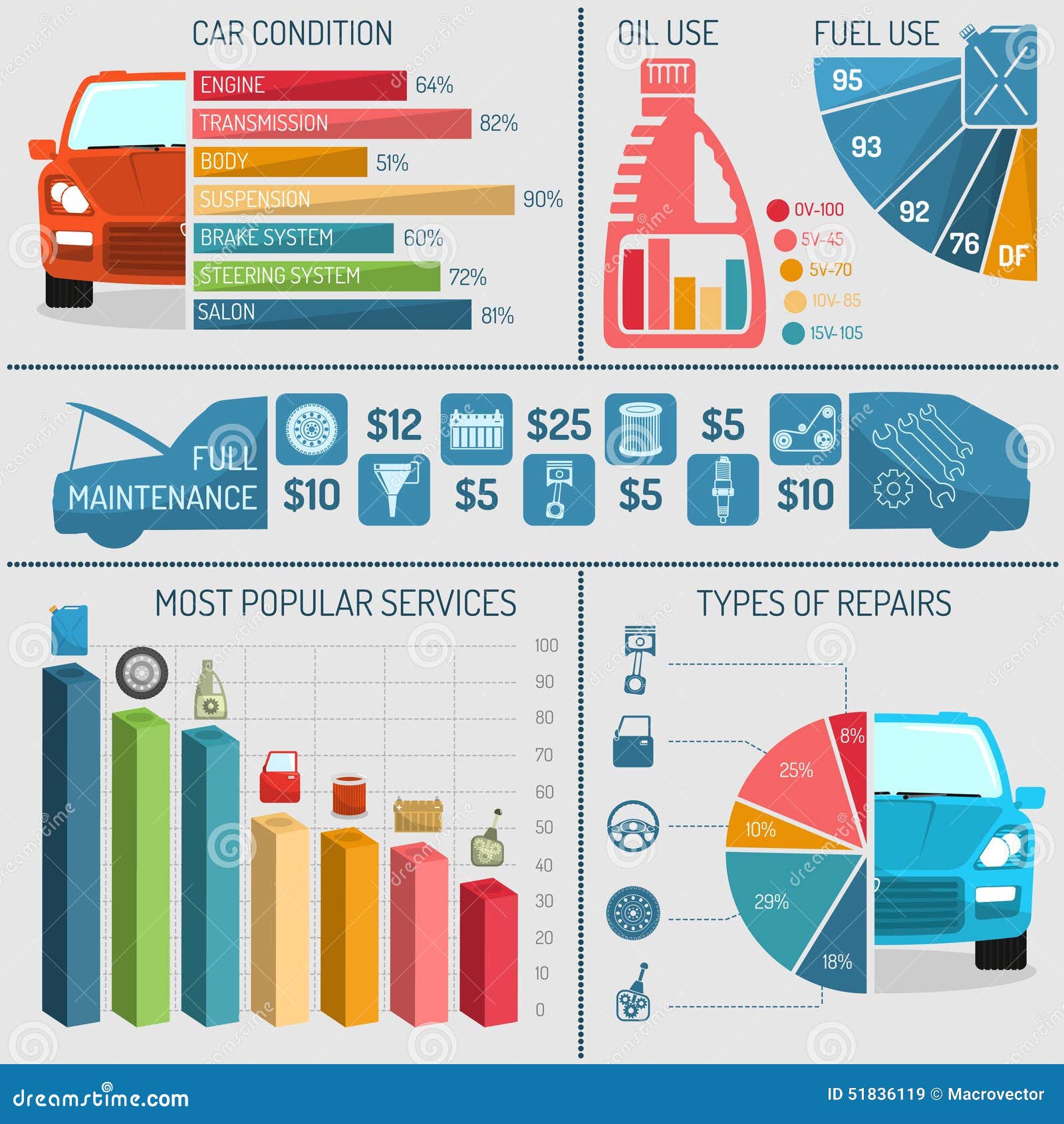Assessing Your Automobile'S Caution Indicators: What They Really Communicate
Assessing Your Automobile'S Caution Indicators: What They Really Communicate
Blog Article
Created By-Faulkner Torres
When you lag the wheel, those radiant warning lights on your control panel can be a little bit difficult. Do you recognize what they're attempting to inform you about your car's wellness? Comprehending the significance of these lights is important for your safety and security and the longevity of your car. So, the following time one of those lights pops up, wouldn't you intend to decipher its message precisely and take the necessary steps to address it?
Common Warning Lighting and Interpretations
Recognize usual warning lights in your car and understand their significances to make certain risk-free driving.
One of the most normal caution lights include the check engine light, which signifies concerns with the engine or discharges system. If https://transmission-fluid-change06273.spintheblog.com/32483036/mobile-auto-explaining-enhancing-your-vehicle-s-look-on-the-move begins, it's vital to have your vehicle checked immediately.
The oil pressure cautioning light shows low oil pressure, requiring prompt attention to avoid engine damages.
A blinking battery light might suggest a malfunctioning charging system, potentially leaving you stranded otherwise resolved.
The tire stress tracking system (TPMS) light alerts you to reduced tire pressure, affecting vehicle stability and gas effectiveness. Neglecting this can cause risky driving conditions.
The ABS light shows a problem with the anti-lock stopping system, compromising your capacity to quit promptly in emergencies.
Lastly, the coolant temperature level warning light warns of engine overheating, which can result in serious damages if not dealt with promptly.
Understanding these typical warning lights will assist you address issues promptly and preserve safe driving conditions.
Importance of Prompt Attention
Recognizing the usual warning lights in your car is only the primary step; the relevance of promptly resolving these warnings can not be stressed sufficient to ensure your safety and security on the road.
When a caution light illuminates on your control panel, it's your cars and truck's means of communicating a possible concern that requires interest. Ignoring these warnings can lead to more severe problems in the future, jeopardizing your safety and possibly costing you more out of commission.
interior car cleaning cheap to advising lights can stop breakdowns and accidents. As an example, a blinking check engine light might show a misfire that, if left unattended, can trigger damage to the catalytic converter. Addressing this immediately can save you from an expensive repair service.
Likewise, a brake system alerting light may signal reduced brake fluid or worn brake pads, vital elements for your security when driving.
Do It Yourself Troubleshooting Tips
If you notice a warning light on your control panel, there are a few DIY troubleshooting pointers you can try prior to seeking specialist aid.
The very first step is to consult your auto's handbook to recognize what the specific caution light suggests. In some cases the problem can be as straightforward as a loosened gas cap triggering the check engine light. Tightening the gas cap might fix the trouble.
An additional typical problem is a low battery, which can activate various warning lights. Inspecting https://www.houmatoday.com/story/business/2022/04/07/need-auto-body-work-heres-why-youll-probably-have-wait-months/7247030001/ for deterioration and guaranteeing they're safe and secure might deal with the trouble.
If a warning light lingers, you can attempt resetting it by disconnecting the automobile's battery for a couple of minutes and afterwards reconnecting it. Furthermore, checking your lorry's liquid levels, such as oil, coolant, and brake liquid, can aid troubleshoot alerting lights associated with these systems.
Verdict
In conclusion, understanding your automobile's warning lights is crucial for keeping your vehicle running smoothly and securely. By quickly dealing with these notifies and knowing what they suggest, you can avoid costly repairs and prospective failures.
Bear in mind to consult your auto's handbook for specific details on each alerting light and do something about it accordingly to ensure a hassle-free driving experience.
Keep notified, remain safe on the road!
